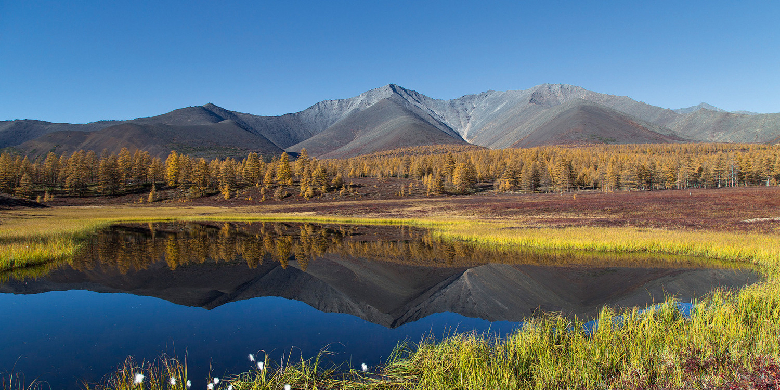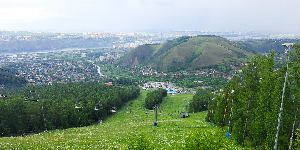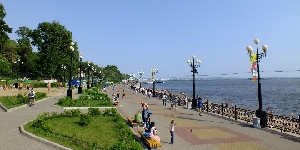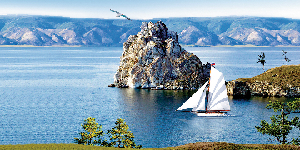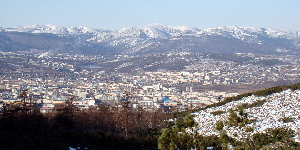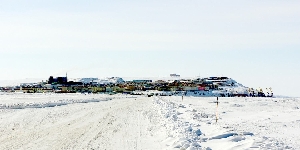Geography. It is the largest constituent entity of Russia located in the northeastern part of Siberia. It borders the Chukotka Autonomous Area and the Magadan Region in the east, the Khabarovsk Territory in the southeast, the Amur Region and the Trans-Baikal Territory in the south, the Irkutsk Region in the southwest, and the Krasnoyarsk Territory in the west. In the north, it has natural borders with the Laptev Sea and the East Siberian Sea. The better part of the region is occupied by mountains and plateaus that account for more than ⅔ of its surface, and only ⅓ is located in the lowland. The area is 3,083,523 km².
Climate. The climate is severely continental, with long winters and short summers. The temperature difference in the coldest month (January) and the warmest month (July) is 70–75 C. The temperature varies from +19 C in July and -70 C in January.
Population

Museum of History of Studying of Permafrost
Economy. The main industries are the mining industry (gold, diamonds, tin, mica, antimony, and coal), light, food, and woodworking industries. Power engineering is based on local coal and imported oil products.
Logistics. The better part of traffic flow is accounted for by water transport.
- In Yakutia, many roads, even federal highways, are active only three months a year, being unavailable at all other times.
- Air transport is well developed. The republic has 23 airports, including Yakutsk Airport.
- Railway transport is one of the essential components of the republic’s transport system, although the first passenger train arrived at the Nizhny Bestyakh station, located on the Lena River bank opposite to the capital (Yakutsk), only in June 2019.
Tourist attractions
- The Pole of Cold — Oymyakon is one of the severest places on the earth, laying claim to being the coldest place in the Northern hemisphere. In winter, temperature reaches -60˚С and lower, while in summer it can rise up to +30°С.
- The Mir kimberlite pipe is the world’s largest diamond mine discovered in the 1950s. The kimberlite pipe is funnel-shaped. It is approximately 500 m deep, with a diameter of more than one kilometer at the top. Before the 2000s, diamonds having the value of a total of 17 billion dollars had been extracted from the pipe.
- Valley of death (Elyuyu Cherkechekh) is an abnormal mysterious territory in the area of the Vilyui River. Its origin is associated with the fall of the Tunguska meteorite at the beginning of the 20th century.
The capital – the city of Yakutsk, founded in 1632 – is the largest city located in the permafrost zone. Its area is 3, 600 sq.km.
Population
The city has the Sakhafilm state motion picture company, a philharmonic, and a circus.
